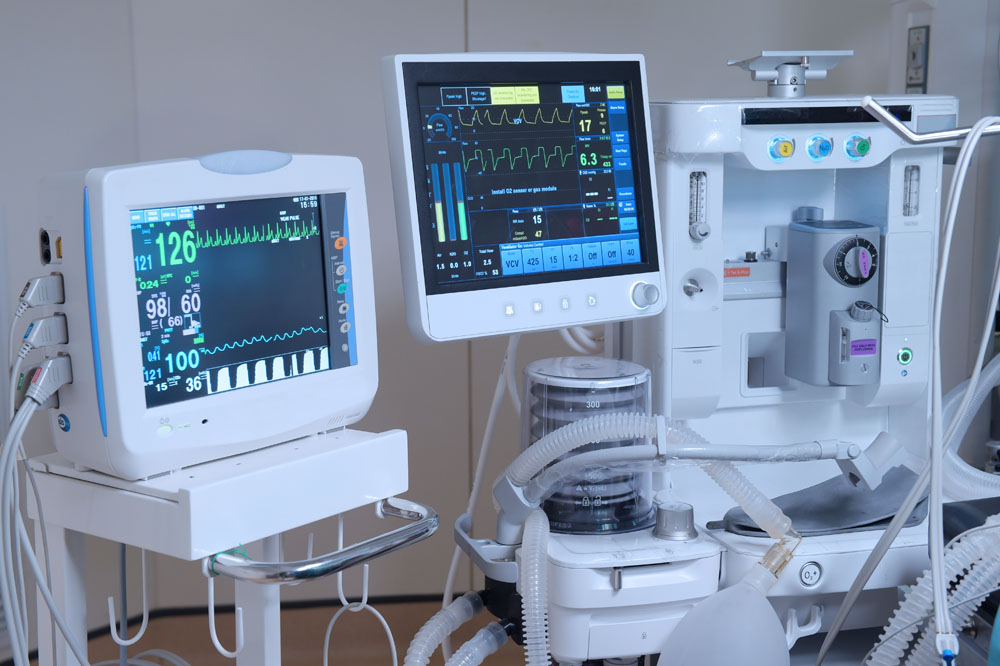This website uses cookies so that we can provide you with the best user experience possible. Cookie information is stored in your browser and performs functions such as recognising you when you return to our website and helping our team to understand which sections of the website you find most interesting and useful.
Tungsten-Copper Chemical Etching
As the elements are not mutually soluble, the material is composed of distinct particles of one metal dispersed in a matrix of the other. The microstructure is therefore a metal matrix composite rather than a true alloy.
Fotofab’s chemical etching process produces designs that can withstand harsh indoor and outdoor environments. The process uses an acid (Ferric Chloride) to etch into unprotected parts of a metal surface to create a design or image formed to your project’s applications.
Characteristics of Tungsten-Copper
- Excellent arc resistance
- Good thermal and electrical conductivity
- Low thermal expansion
- Good machinability
Fotofab is committed to quality.






Tungsten-Copper Etching Applications
The electrical and thermal properties of Tungsten-Copper are dependent on its composition and are used where the combination of high-heat resistance, high electrical and thermal conductivity, and low thermal expansion are needed. Some applications for acid etched Tungsten-Copper include:
- Electrodes in resistance welding
- Arc contacts and vacuum contacts in high/medium voltage breakers or vacuum interrupters
- Electrodes in electric spark erosion (EDM) cutting machines
- Heat sinks and heat spreaders for passive cooling of electronic devices
- Radio base station components
- IGBT modules for hybrid-electric (HEV) and full-electric (EV) vehicles
- Power semiconductor devices
Other Factors
- An increase in Copper increases WCu thermal conductivity for use in circuit breakers
- An increase in the percentage of Tungsten increases the element’s electrical resistivity
- An increase in Tungsten leads to an increase in ultimate tensile strength up until the alloy reaches 80% Tungsten and 20% Copper with an ultimate tensile strength of 663 MPA
- Copper tungsten materials are often used for arcing contacts in medium to high voltage sulfur hexafluoride (SF6) circuit breakers in environments that can reach temperatures above 20,000 K




